Tongmuling Mining and Metallurgy Site
2024-06-22
At Tongmuling Mining and Metallurgy Site, a national protection unit in Guiyang County, Chenzhou City, you can know the history of Guiyang’s mining and metallurgy, and experience the charm of mining and metallurgy culture.
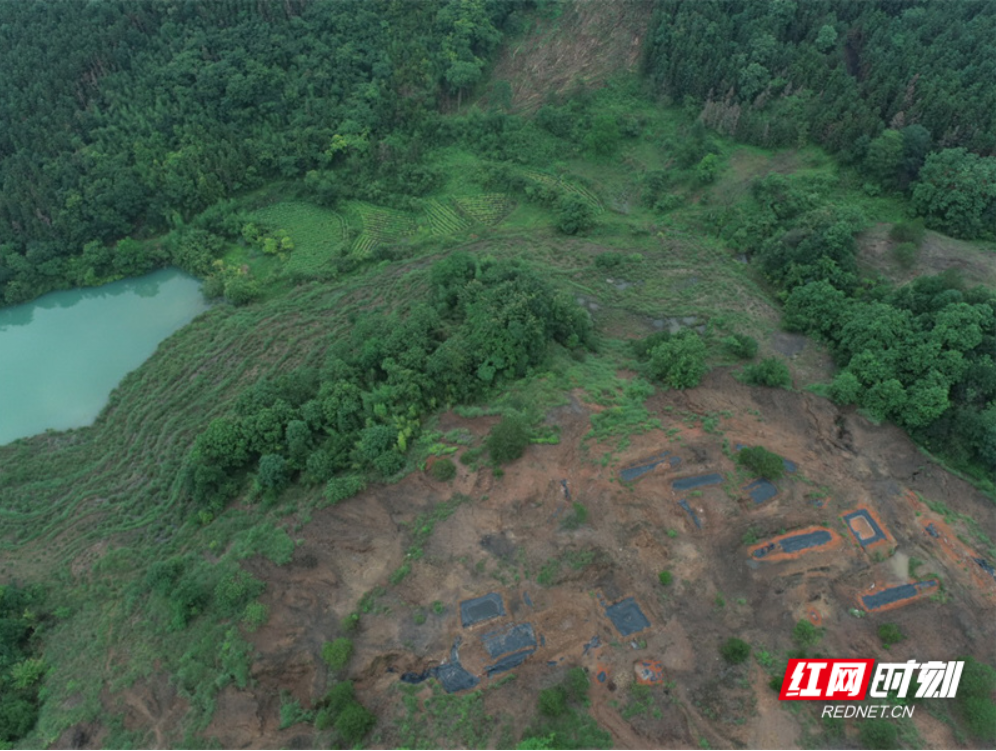
Tongmuling Mining and Metallurgy Site was listed as one of China’s top ten national archaeological discoveries in 2016. It’s located at the junction of Pinggang Village of Renyi Town and Shentang Village of Haotang Town, Guiyang County, covering an area of about 110,000 square meters.
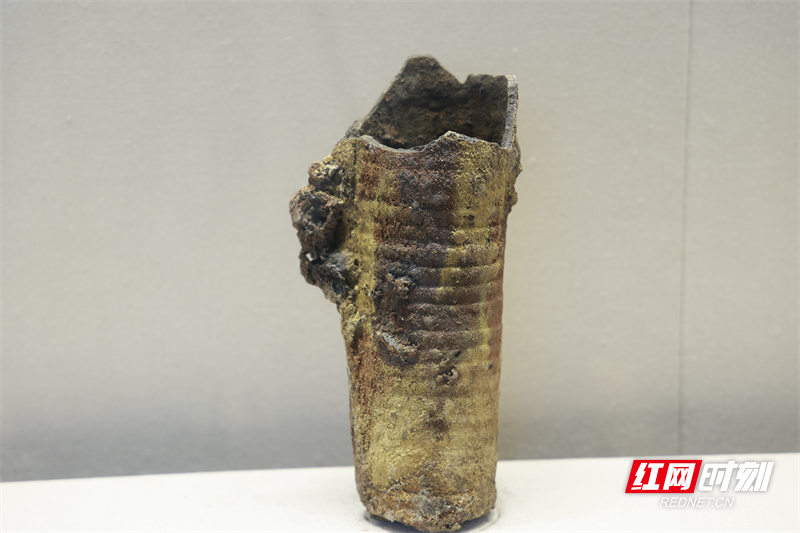
There is a platform formed by slags in the center of the site, the surface of the platform is triangular, with a length of 100 meters from the east to the west and a width of 50 meters from the south to the north, with a total area of about 5,000 square meters.
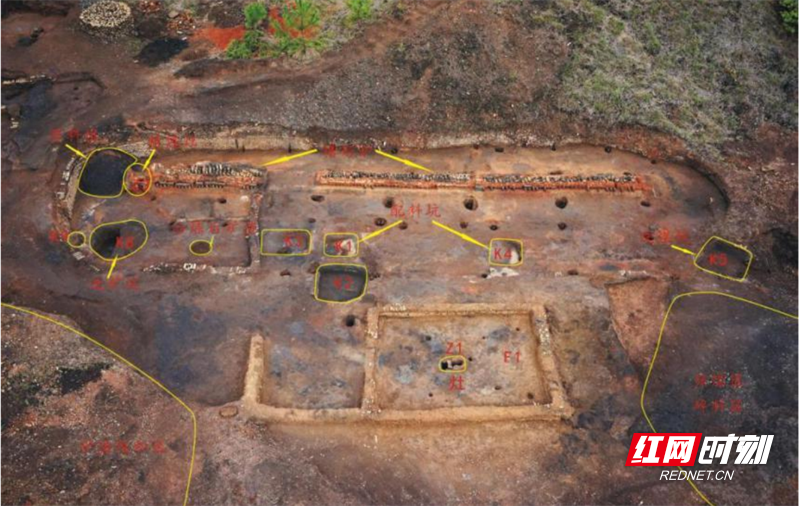
A burning unit and two smelting units on the platform present a “品” shape. There are 6 burning stations distributed according to the topography in the burning unit. Each burning station consists of 4 or 8 cylindrical burning furnaces.
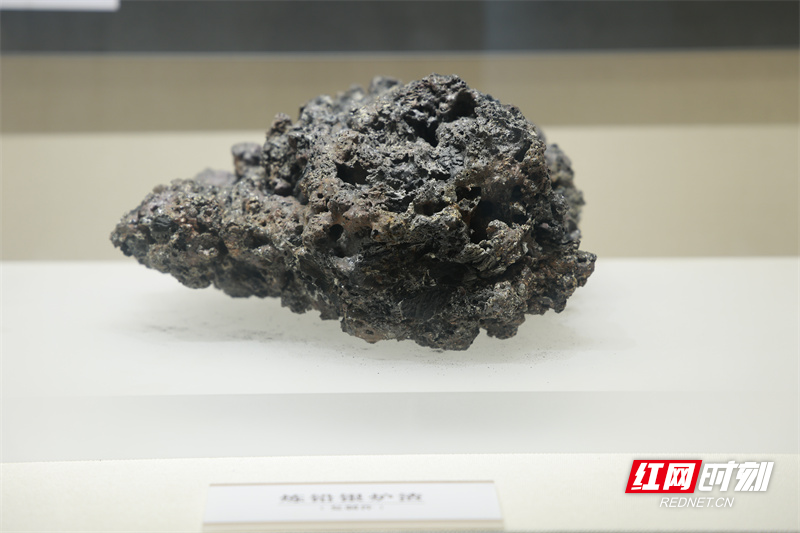
There are 1 to 3 smelting workshops in the smelting units. Each smelting workshop mainly has channel furnaces, scattered with mixing pits, settling pits, refining stoves and other relics.
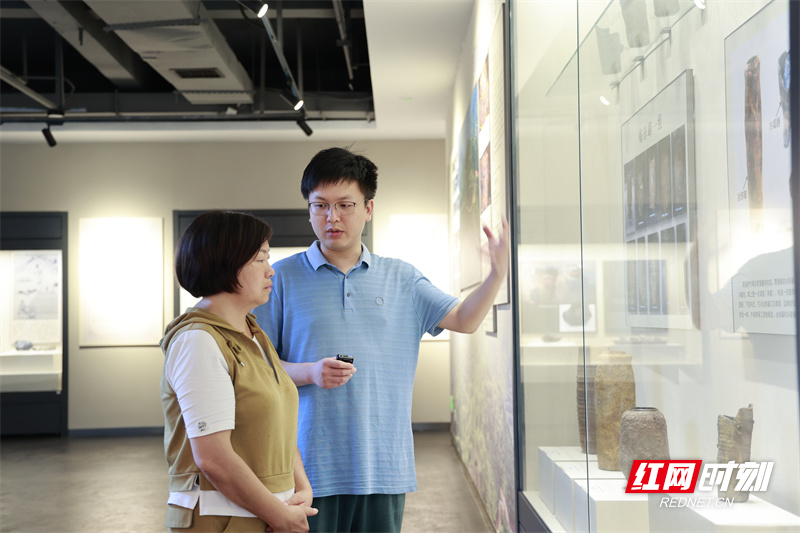
A series of relatively complete smelting tools were unearthed in the smelting unit, so were blue-and-white porcelain, pottery and other living utensils.
Blocky corrugated slags were found in the site, and smelting furnace relics with large amounts of copper, lead, and silver were found at the corresponding locations.
“The ancient zinc smelting channel furnace and related relics were unearthed at the Tongmuling Mining and Metallurgy Site, which were the most complete among those discovered in China so far. Here, the zinc smelting process at that time can be fully restored,” said Peng Hongmei, secretary of the Party Branch of the Guiyang County Archaeological Research and Cultural Relics Protection Center.
The zinc sulfide roasting furnace as well as the roasting process discovered through archaeology marks a major technological advancement in the history of ancient Chinese zinc smelting.
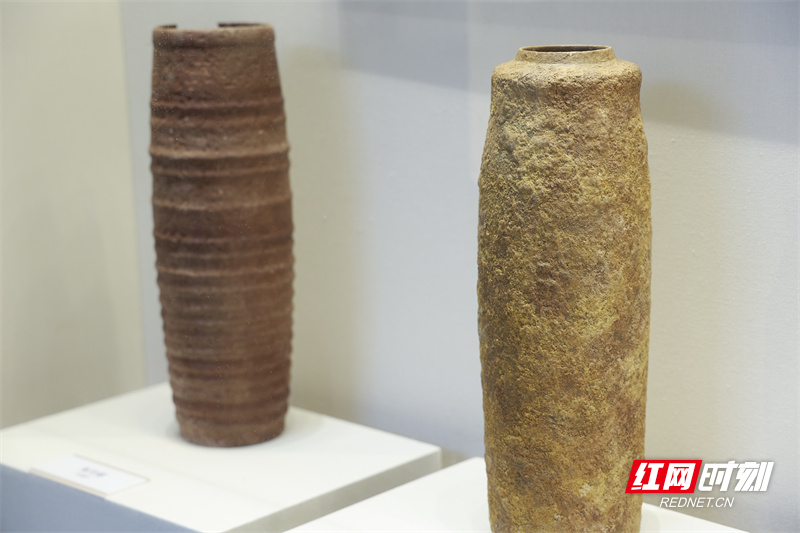
The integrated smelting of multiple metals is the first discovery in Chinese mining and metallurgical archaeology. Smelting zinc and extracting silver also indicate a further improvement in the comprehensive utilization of ore by ancient people.
Guiyang County has abundant mineral resources and a long history of mineral extraction and smelting.
Tongmuling Mining and Metallurgical Site was one of the important smelting sites in Guiyang during the Ming and Qing dynasties, providing a large amount of metallic zinc raw materials for official coin casting.
Its excavation is of great significance for exploring the mining and metallurgical culture of Guiyang, studying the history of ancient Chinese mining and metallurgy, coin minting, and taxation.




